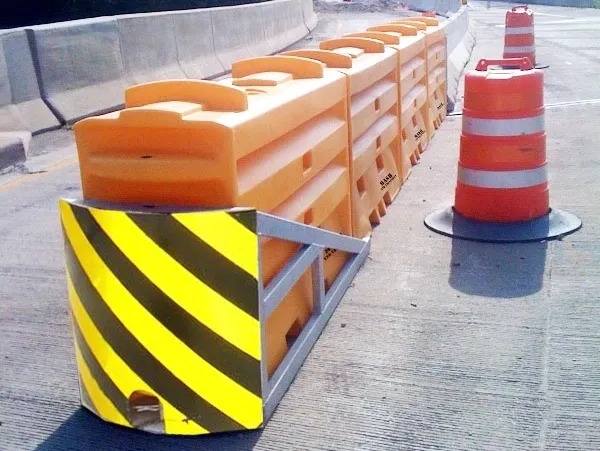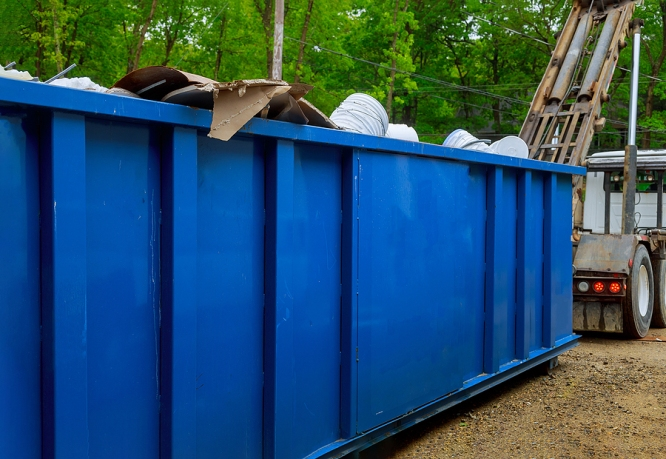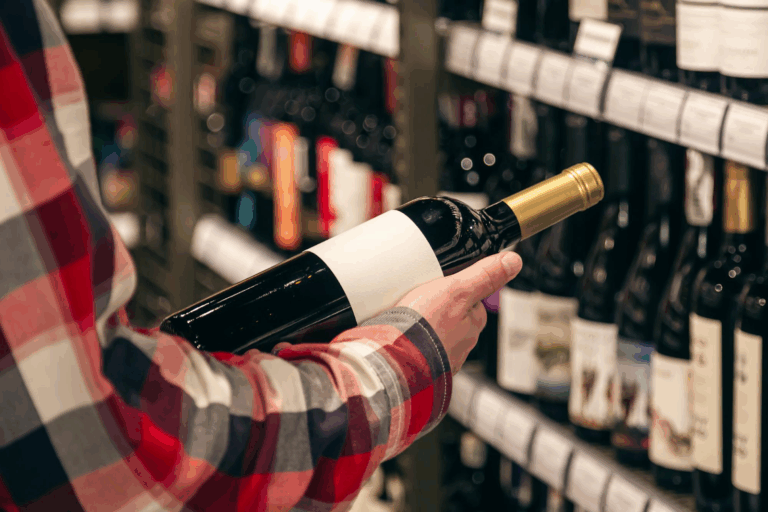Driving on busy roads can be stressful and sometimes dangerous. Accidents can happen even to the most careful drivers. One way engineers and traffic safety experts work to protect drivers is by using a crash cushion. These devices are designed to reduce the severity of accidents and save lives. Understanding how crash cushions work and why they are important can help drivers appreciate the safety measures on the roads.
What is a Crash Cushion?
A crash cushion is a safety device placed on roads, usually near fixed objects like bridge supports, toll booths, or guardrails. Its main purpose is to absorb the impact when a vehicle crashes, reducing the force that drivers and passengers experience. Unlike traditional barriers that are rigid and can cause severe damage during a collision, crash cushions are designed to deform and slow down a vehicle gradually. This controlled deceleration helps prevent serious injuries and sometimes even fatal accidents.
How Crash Cushions Work
Crash cushions work through a combination of materials and design. Most crash cushions are made with energy-absorbing elements such as steel, foam, or water-filled barrels. When a car hits the cushion, these materials compress or break apart, absorbing the energy of the impact. This slows down the vehicle more safely than if it were to hit a solid object. In essence, the crash cushion acts like a buffer, protecting both the vehicle occupants and the structure behind it.
Some modern crash cushions are designed to redirect vehicles. Instead of stopping a car abruptly, these cushions guide the vehicle safely along a path that reduces damage. This is particularly useful on highways where high-speed collisions are more likely to occur. By managing the vehicle’s energy, crash cushions reduce the chances of secondary accidents, which can happen when cars bounce back into traffic after a collision.
Benefits of Crash Cushions on Busy Roads
Crash cushions provide multiple safety benefits for drivers. The most important is the reduction of injuries and fatalities in accidents. Because the device absorbs energy and slows the vehicle gradually, it minimizes the force on the occupants. This is especially crucial for high-speed roads where accidents can be deadly.
Another benefit is the protection of infrastructure. Bridges, toll booths, and road barriers are expensive to repair after crashes. By using crash cushions, authorities can prevent major damage to these structures, keeping roads safer and reducing repair costs. Crash cushions also help maintain traffic flow after minor accidents by reducing the severity of crashes that might otherwise block lanes for long periods.
Placement of Crash Cushions
The placement of a crash cushion is carefully planned by traffic engineers. They are usually installed at locations where vehicles are most likely to collide with fixed objects. This includes highway exits, sharp curves, intersections, and construction zones. Proper placement ensures that the crash cushion is effective when an accident occurs. Engineers also consider factors like vehicle speed, traffic volume, and road layout to determine the best type of cushion to use.
Future of Crash Cushions
As technology advances, crash cushions are becoming smarter and more efficient. Some new designs include sensors that can alert traffic management systems when a collision occurs. Others are made with modular components that are easier to replace after an accident. The goal is to create crash cushions that provide maximum protection while being cost-effective and environmentally friendly.
Conclusion
Driving on busy roads comes with risks, but safety measures like crash cushions make a real difference. These devices are designed to absorb impact, protect vehicle occupants, and reduce damage to infrastructure. By understanding the role of crash cushions, drivers can appreciate the thought and engineering that go into making roads safer. Next time you see one while driving, remember that it is not just a piece of road equipment—it is a life-saving tool designed to protect you and others on the road.







